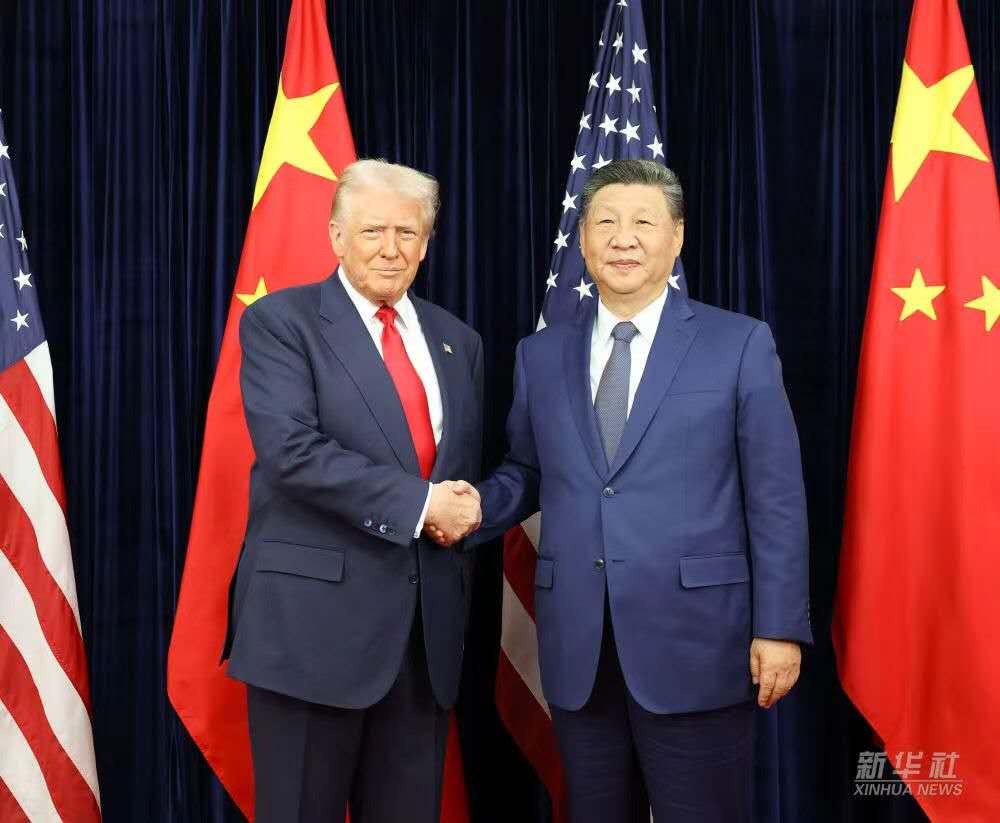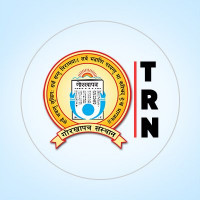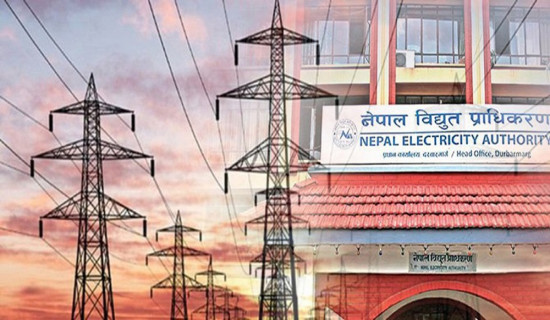- Friday, 21 November 2025
Stabilising Sino-US Ties: A New Foundation of Certainty and Mutual Reassessment
Muhammad Zamir Assadi
The recent high-level meeting between the Chinese and US heads of state has succeeded in injecting a significant degree of certainty into the often volatile relationship between the two global powers for the coming period. Against a backdrop of prolonged trade tensions and geopolitical friction that have lasted for over seven years, the consensus reached by the two leaders is expected to more effectively manage and control the risk of further conflict escalation. This stability is seen by many analysts as a crucial external condition for the US to focus on its pressing domestic agendas, and it perfectly reflects China's consistent emphasis on the long-term benefits of cooperation over short-term, transactional disputes.
This renewed stability is particularly important as both nations look inward to tackle their primary domestic challenges. For the US, the core agenda includes stabilizing employment and inflation, promoting economic investment—especially in nascent and critical sectors like Artificial Intelligence (AI) and renewable energy—and addressing the complicated domestic political dynamics leading up to the 2026 midterm elections. Managing and maintaining a stable, predictable relationship with China, thereby mitigating unnecessary geopolitical risks, directly supports these critical domestic objectives. The avoidance of a full-scale economic decoupling or military flashpoint provides the essential calm required for capital deployment and policy execution at home.
China’s official statements following the meeting are highly instructive, urging both sides to "focus more on the bigger picture and the long-term benefits of cooperation" and affirming that "dialogue is better than confrontation." Such measured advice cautions against the "zero-sum game" approach that has often dominated the US mindset in recent years, demonstrating China’s long-term vision and its profound sense of responsibility as a major power. The maintenance of a stable Sino-U.S. relationship provides "reassurance" not just for both nations’ economies, but for the entire global economic system, with a corresponding call for the two countries to collaborate on "major tasks that benefit both nations and the world." This perspective frames China as a defender of global stability and multilateralism, forcing the US to acknowledge the new reality of a world seeking partnership.
The Strategic Shift: From Passive Response to Precise Strike
The context leading to this recent détente is marked by a palpable shift in the strategic landscape, largely defined by the enduring trade friction initiated unilaterally by the US. Many in the international arena, including leading global publications, have objectively assessed the outcome of this prolonged power competition. Assessments have been clear: the US trade suppression, which many see as an unjustified destruction of free trade rules, failed to achieve its primary objective of crippling China's economy or coercing major concessions.
This outcome is largely attributable to a notable change in China's countermeasure strategy over the past seven years. As observed by leading Chinese scholars, the strategy has moved from a passive "responding to each move" in the early stages to an active and "precise strike" in the present. If, during the initial phase, countermeasures mainly targeted specific US agricultural sectors, they have now evolved to focus on high-tech areas and key supply chains. This sophisticated approach involves an upgrade from "following the lead with reciprocal countermeasures" to targeted "countermeasures against key supply chains," leveraging China’s indispensable position in the global industrial structure.
Wang Yiwei, a professor at the School of International Relations at Renmin University of China, notes that this change reflects a shift in China's strength—from its previous focus on sheer purchasing power and market size to its current technological strength, complete industrial chain, and critical position in the global division of labour. China’s "machine," as he describes it, is now fully operational, employing a series of combined punches that are increasingly stable, accurate, and powerful.
A prime example of this precise, strategic deployment is the use of rare earth export controls. These measures demonstrate that supply chain restrictions are not a unique tool of the US, and they highlight China’s dominant influence in a sector vital to high-tech manufacturing, including computer chips, automobiles, and military hardware. According to reports, China holds an absolute dominant position in the rare earth global supply chain. Its annual production accounts for about 70% of global mining output, but more critically, it possesses approximately 90% of the world's rare earth smelting, separation, and processing capabilities. This means that even raw rare earth minerals from other nations largely need to be transported to China for refining to be transformed into the high-purity materials needed to manufacture high-tech products. This level of control grants China a unique and potent leverage, signaling that it has strategically learned from the past and acquired the means to firmly safeguard its national interests.
Reassessing Capabilities and Forging a Diversified Future
The prolonged Sino-US trade and technology game has served as a profound process of re-evaluation for both countries and the world. For the US, it has been a valuable "re-education" process, shattering the previously held belief that China was over-reliant on the American market and would immediately crumble if suppressed. For China, the external pressure served as an involuntary catalyst for acceleration toward long-term strategic goals.
This period of sustained pressure has propelled China to successfully pursue and implement several critical strategic objectives. These include building a more independent industrial chain separate from US technological bottlenecks, constructing a diversified, de-Americanised trade system, and significantly improving technological self-reliance. The increased US containment on Chinese technology has, ironically, fueled China's resolve, leading to massive and targeted investment into critical industries like semiconductors and chips. The current strength demonstrated by China is not simply a matter of Gross Domestic Product (GDP) volume, but rather reflects its irreplaceable position in many aspects of the global division of labour, possessing a complete industrial chain that is truly independent of any single nation.
In the face of trade shocks from the US, China has proactively diversified its economic landscape. This is evident in the acceleration of trade relations with other markets such as ASEAN, the European Union, and the Global South. The official signing of the Protocol to Upgrade the China-ASEAN Free Trade Area to Version 3.0, for instance, marks a major step in building a more resilient, multifaceted trade structure.
This diversification effort is anchored by the Dual Circulation strategy, which aims to avoid over-reliance on the trade systems of the US or the West by focusing on both robust domestic consumption and high-quality international trade. Concurrently, China has engaged in proactive unilateral opening-up, including the construction of domestic free trade zones and alignment with the high-standard Comprehensive and Progressive Agreement for Trans-Pacific Partnership (CPTPP). This unilateral opening is, in part, a strategic hedge against US risks, ensuring that China participates in the global division of labour at a high level and continues to act as a "rule co-maker" rather than just a "rule taker" in the restructuring global trade order.
Ultimately, this entire process has forced a renewed understanding of China's capabilities, demonstrating that its economic strategy has matured and its international standing has transformed. The commitment outlined in China's Five-Year Plans to greatly improve the level of self-reliance in science and technology underscores a focused urgency. This internal strengthening and external diversification process is positioning China for what many scholars are calling a "post-American era," in which the world will hold higher expectations for its economic and geopolitical stewardship. The recent stabilisation of ties confirms that while competition endures, it will be contested from a fundamentally new and more balanced foundation of power.
How did you feel after reading this news?
















